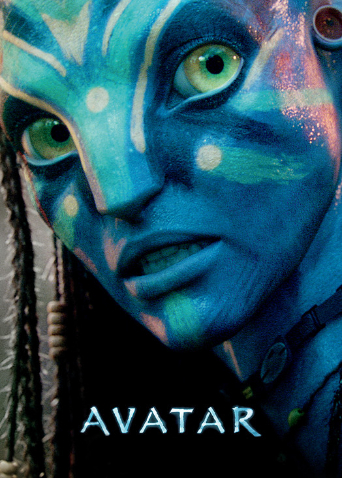 愉慧
愉慧
发表于8分钟前回复 :修女莫妮卡与一群年龄各异的牧师共同住在智利海岸边的一所房子里。在每天祈祷和做忏悔之余,他们训练灵缇犬(Greyhound)参加比赛。到底是什么把他们带到了这里,带到这块潮湿粘稠的微风持续吹拂的世界尽头。有一天,新来了一位牧师,但这位新牧师收到了来自他人的严厉指控。那个指控他的声音越来越响,直到它被一声枪响中断。年轻的牧师选择用自杀的方式来回避指控。上头派来了调查员,但这位调查员是不是真的希望查明事情的真相呢?也许他的出现只是希望继续维持着这里美丽的表象。电影一点一点地将黑暗中的秘密揭示出来,挖掘了这些上帝仆人的过往,并无情地揭示了天主教堂里存在的许多矛盾。导演的剧本做到了教堂本身没有做到的事情,他并不是简单的惩罚一个替罪羊。影片实际上严格遵守了基督教中关于殉难的规则和仪式。
 黄露仪
黄露仪
发表于3分钟前回复 :Salomé (1923), a silent film directed by Charles Bryant and starring Alla Nazimova, is a film adaptation of the Oscar Wilde play of the same name. The play itself is a loose retelling of the biblical story of King Herod and his execution of John the Baptist (here, as in Wilde's play, called Jokaanan) at the request of his stepdaughter, Salomé, whom he lusts after.Salomé is often called one of the first art films to be made in the U.S.[citation needed] The highly stylized costumes, exaggerated acting (even for the period), minimal sets, and absence of all but the most necessary props make for a screen image much more focused on atmosphere and on conveying a sense of the characters' individual heightened desires than on conventional plot development.Despite the film being only a little over an hour in length and having no real action to speak of, it cost over $350,000 to make. All the sets were constructed indoors to be able to have complete control over the lighting. The film was shot completely in black and white, matching the illustrations done by Aubrey Beardsley in the printed edition of Wilde's play. The costumes, designed by Natacha Rambova, used material only from Maison Lewis of Paris, such as the real silver lamé loincloths worn by the guards.No major studio would be associated with the film, and it was years after its completion before it was released, by a minor independent distributor. It was a complete failure at the time and marked the end of Nazimova's producing career.A longstanding rumor, which seems to have started while the film was still in production, suggests that its cast is comprised entirely of gay and bisexual actors in an homage to Oscar Wilde, as per star and producer Nazimova's demand. It is, of course, impossible to say, but one of the extras in Salomé reported that a number of the cast members—both featured and extras—were indeed gay, but not an unusual percentage of them, and certainly not all of them. What can be said is that Nazimova herself was a lesbian, the two guard characters (who, next to Salomé, have the most screen time) are at least played very stereotypically gay, and several of the female courtiers are men in drag.Salomé was screened in 1989 at the New York International Festival of Lesbian and Gay films and in 1990 at the New York Gay Experimental Film Festival.In 2000, the United States Library of Congress deemed the film "culturally significant" and selected it for preservation in the National Film Registry.

